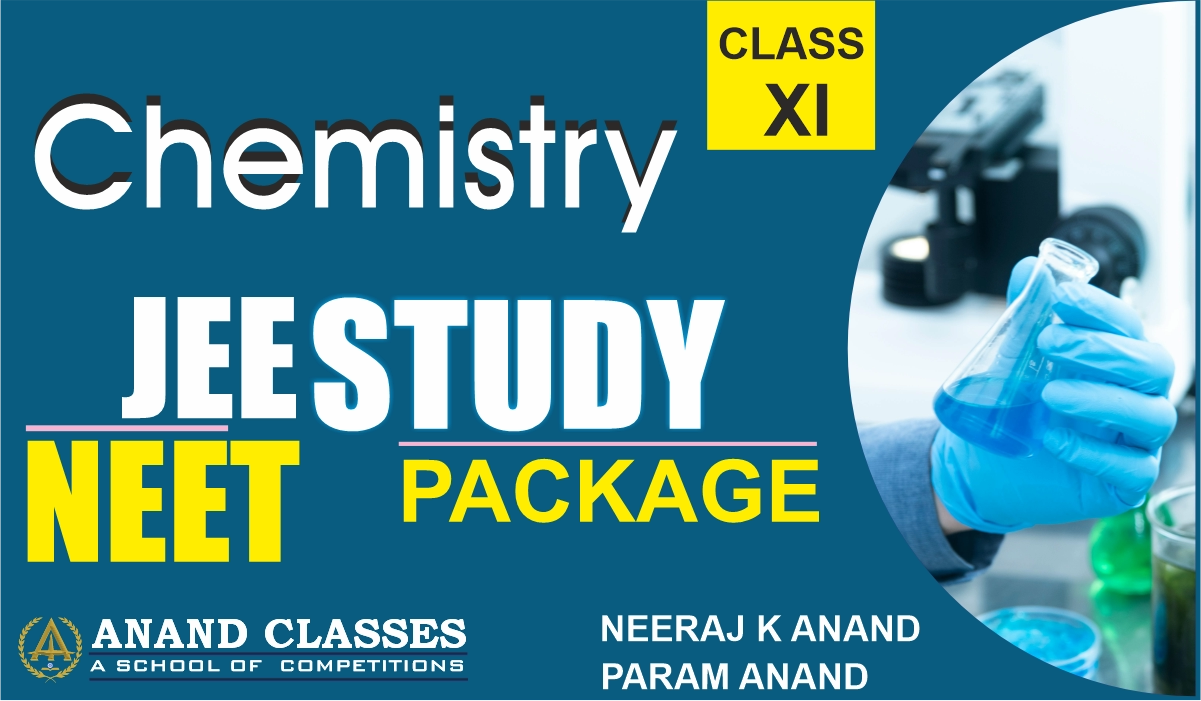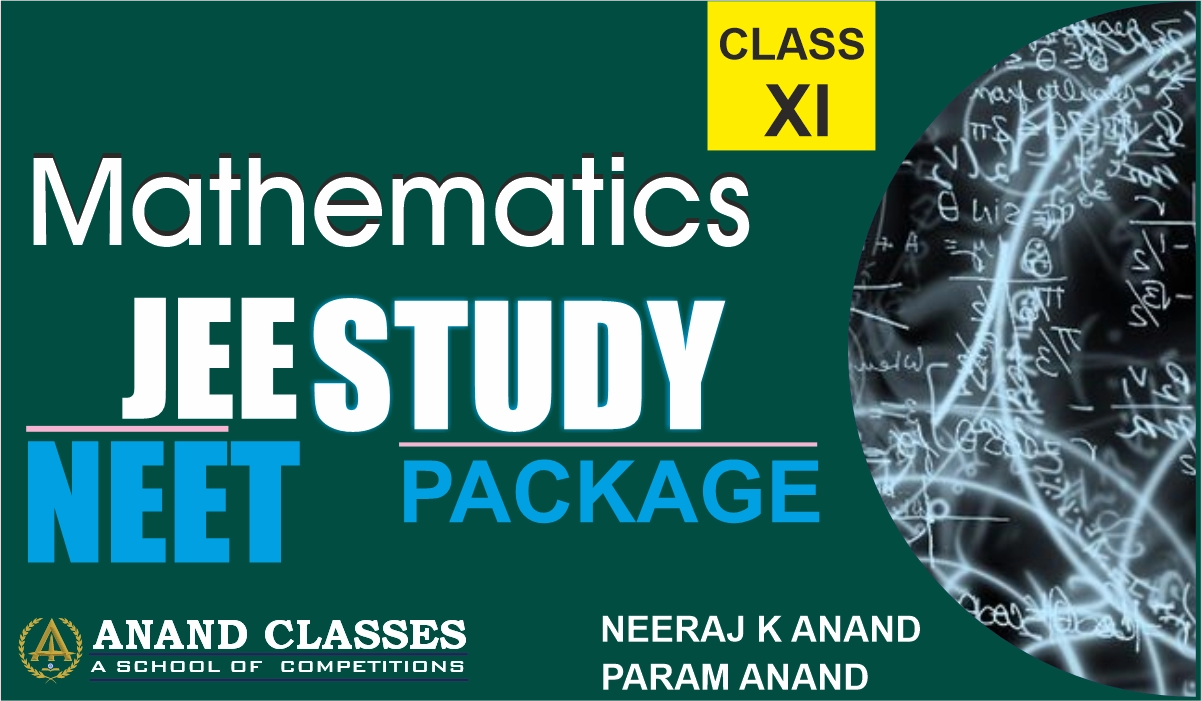Second Law of Thermodynamics defines that heat cannot move from a reservoir of lower temperature to a reservoir of higher temperature in a cyclic process. The second law of thermodynamics deals with transferring heat naturally from a hotter body to a colder body.
Second Law of Thermodynamics is one of three Laws of Thermodynamics. The word “thermodynamics” comes from two root words: “thermo,” meaning heat, and “dynamic,” meaning power.
Table of Contents
What is Second Law of Thermodynamics?
According to the second law of thermodynamics, any naturally occurring process will always cause the universe’s entropy (S) to increase.The law simply states that the entropy of an isolated system will never diminish over time.
Second Law of Thermodynamics Definition
Second law of thermodynamics states that, heat energy cannot transfer from a body at a lower temperature to a body at a higher temperature without the addition of energy.
Second Law of Thermodynamics
The overall entropy of a system and its surroundings remains constant in some instances where the system is in thermodynamic equilibrium or going through a reversible process. Law of Increased Entropy is another name for the second law.
Different Statements of Second Law of Thermodynamics
Second law of thermodynamics may be expressed in many specific ways, by different scientists at different times. Here are the Second Law of Thermodynamics statements:
Kelvin-Planck Statement of Second Law of Thermodynamics
- It’s difficult to convert all the heat emitted by a heated body into work.
- A heat engine’s working material absorbs heat from a hot body.
- It transforms a portion of the absorbed heat into work.
- The remainder of the heat is returned to the cold body.
- No engine can convert all the heat from the source into work without some heat being wasted.
- This means a sink is necessary to achieve continuous work.
The following image shows the working of the heat engine.
Working of Heat Engine
Clausius Statement of Second Law of Thermodynamics
- It is impossible to create technology that transmits heat from a colder body to a warmer body without wasting energy.
- A refrigerator cannot function unless its compressor is powered by an external source.
- Clausius’s assertion applies to heat pumps and refrigerators.
Equivalence of Two Statements
A refrigerator, for example, can transfer a certain amount of heat from a cold body to a hot one without requiring any external energy.
As a result, Clausius’ assertion is violated. Assume that an engine operating between the same hot and cold bodies absorbs heat from the hot body, transforms a portion W into work, and then transfers the remaining heat to the cold body.
Engine does not break the second law of thermodynamics on its own. When the engine and the refrigerator operate together, they create a mechanism that absorbs all of the heat from the hot body and transforms it into work without sacrificing any of the cold body’s heat.
Kelvin-Planck assertion is violated. As a result, we may conclude that the two versions of the second law of thermodynamics are equivalent in every way.
Second Law of Thermodynamics Equation
Second law of thermodynamics is expressed mathematically as;
ΔSuniv > 0
- ΔSuniv is Change in Entropy of Universe
Entropy of a system is defined as the number of changes it has undergone from its prior condition to its current state. As a result, entropy is usually expressed as a change in the entropy of the system indicated by ∆S.
If the value of entropy at a given state of the system must be measured, then the previously chosen state of the system is assigned a value of zero entropy.
An isentropic process is one in which the system’s entropy remains constant throughout time. The entropy of the system in both the start and end states remains constant during the isentropic process.
As a result, the value of S = 0 during the isentropic process. It is only ideal process that the reversible isentropic process happens. In practice, anytime a change in the state of the system occurs, the entropy of the system rises.
Perpetual Motion Machine of Second Kind
Perpetual motion machines are defined as devices that work while connecting with only one heat reservoir. These devices are considered to violate the second law of thermodynamics. These machines do not exist in the real life and only exist theoretically.
We know that a heat engine interacts with two heat reservoirs at different temperatures to produce work in a cycle. Differences in the temperature of the two reservoirs result in the work being produced until the temperature in both reservoirs is equalized.
The following image shows a perpetual machine.
Second Law of Thermodynamics: Applications in Real Life
Here are the Applications and Uses of Second Law of Thermodynamics:
- The law states that heat always moves from a body that is warmer to a body that is colder. All heat engine cycles, including Otto, Diesel, etc., as well as all working fluids employed in the engines, are covered by this rule. Modern automobiles have advanced as a result of this law.
- Refrigerators and heat pumps that use the Reversed Carnot Cycle are other examples of how this concept is applied. You must provide external work if you want to transfer heat from a body with a lower temperature to a body with a greater temperature. Unlike the Reversed Carnot Cycle, which uses work to move heat from a lower-temperature reservoir to a higher-temperature reservoir, the original Carnot Cycle uses heat to produce work.
Limitations of Second Law of Thermodynamics
Various limitation of the Second Law of Thermodynamics:
- Second law of thermodynamics is a concept that limits the occurrence of many processes that, despite being permitted by other physical laws, we know from experience does not occur. For instance, water in a glass that is at ambient temperature never spontaneously cools to create ice cubes, which would release energy into the environment.
- Suggesting that the universe will end in a state of “heat death,” in which everything is the same temperature, the second rule also predicts the end of the universe. When everything is at the same temperature, there can be no work done and all of the energy is squandered as random atom and molecule motion, which is the most extreme level of disorder.
Second Law of Thermodynamics Examples
Example 1: If a heat pump works for 600 J and removes 800 J of heat from the low-temperature reservoir. What is the amount of heat delivered to a higher-temperature reservoir?
Solution:
Given,
QH =?
Now, according to the laws of thermodynamics.
QH = W + QC
QH = 600 J + 800 J
QH = 1400 J
Thus, heat delivered to the higher temperature reservoir is 1400 J.
Example 2: Find the work done by the heat pump if the heat pump removes 1000 J of heat from high-temperature and delivers 400 J to the low-temperature reservoir.
Solution:
Given,
W = ?
Now, according to the laws of thermodynamics.
QH = W + QC
1000 J = W + 400 J
W = 1000 – 400
W = 600 J
Thus, work done by the heat pump is 600 J
Example 3: For a reversible heat engine the heat received is 1400 kJ at a temperature of 500K. If the surrounding temperature is 200K then the available amount of heat energy for doing work is?
Solution:
Q1 = 1400 KJ
T1 = 500K
T2 = 200 K
ΔS = Q1 / (T1 + T2)
ΔS = 1400 / (500 + 200)
ΔS = 2 KJ/K
Availability of heat energy for doing work is,
H = Q1 – T2(ΔS)
H = 1400 – 200(2)
H = 1000 KJ
Example 4: For a reversible heat engine the heat received is 1200 KJ at a temperature of 400K and ΔS = 2 KJ/K, then find the temperature of the surrounding.
Solution:
Q1 = 1200 KJ
T1 = 400K
T2 =?
ΔS = 2 KJ/K
We know that,
ΔS = Q1 / (T1 + T2)
2 = 1200 / (400 + T2)
400 + T2 = 600
T2 = 600 – 400 = 200 K
Thus, temperature of the surrounding is 200 K.
Practice Problems on Second Law of Thermodynamics
P1. A heat engine operates between a hot reservoir at 500 K and a cold reservoir at 300 K. Calculate the maximum efficiency that this heat engine could theoretically achieve.
P2. A refrigerator removes 2,400 J of heat from its interior at a temperature of 275 K and releases it to a room at a temperature of 295 K. Calculate the maximum Coefficient of Performance (COP) of the refrigerator.
P3. Calculate the change in entropy when 10 grams of ice at 0°C (273.15 K) melts into water at the same temperature. The latent heat of fusion for ice is approximately 334 J/g.
P4. Consider two identical rooms filled with air. In the first room, an electric heater raises the temperature of the air by 10°C uniformly. In the second room, a fan stirs the air, and friction between air molecules produces the same temperature increase. Discuss which room undergoes a reversible process and which undergoes an irreversible process, and explain why based on the Second Law of Thermodynamics.
Conclusion of Second Law of Thermodynamics
Second Law of Thermodynamics states that heat naturally flows from a hotter body to a cooler one and cannot move in the opposite direction without external energy. This law introduces the concept of entropy, meaning the disorder in an isolated system always increases over time. It explains why refrigerators need power to work and why perfect energy efficiency is impossible. Second Law has important applications in designing engines and predicting the universe’s energy balance.
Second Law of Thermodynamics – FAQs
State Second Law of Thermodynamics.
Second law of thermodynamics states that the heat energy cannot transfer from a body at a lower temperature to a body at a higher temperature without the addition of energy.
State Second Law of Thermodynamics Clausius Statement.
According to Clausius’s statement, “It is impossible to construct a device that operates in a cycle and produces no effect other than the transfer of heat from a cooler body to a hotter body.”
State Second Law of Thermodynamics Planks Statement.
According to Kelvin-Planck’s statement, ” It is impossible to build a heat engine that takes heat from the hot reservoir (QH) and converts all the energy into useful external work without losing heat to the cold reservoir (QC).”
What is Difference between the First and Second Law of Thermodynamics?
First Law of Thermodynamics states that Energy cannot be created or destroyed. However, the Second Law of Thermodynamics states that for an spontaneous process the antropy of the system always increases.
What is Entropy?
Entropy is the measure of thermal energy of the system per unit temperature which is not required for doing useful work.
Why is Second Law of Thermodynamics Important?
Second Law of Thermodynamics is important because it explains the direction of heat flow, the increase of entropy (disorder) in systems, and why perfect energy efficiency is impossible.
Can heat spontaneously flow from a cooler to a hotter body according to the Second Law of Thermodynamics?
No, according to the Second Law of Thermodynamics, heat cannot spontaneously flow from a cooler body to a hotter body without external work.

